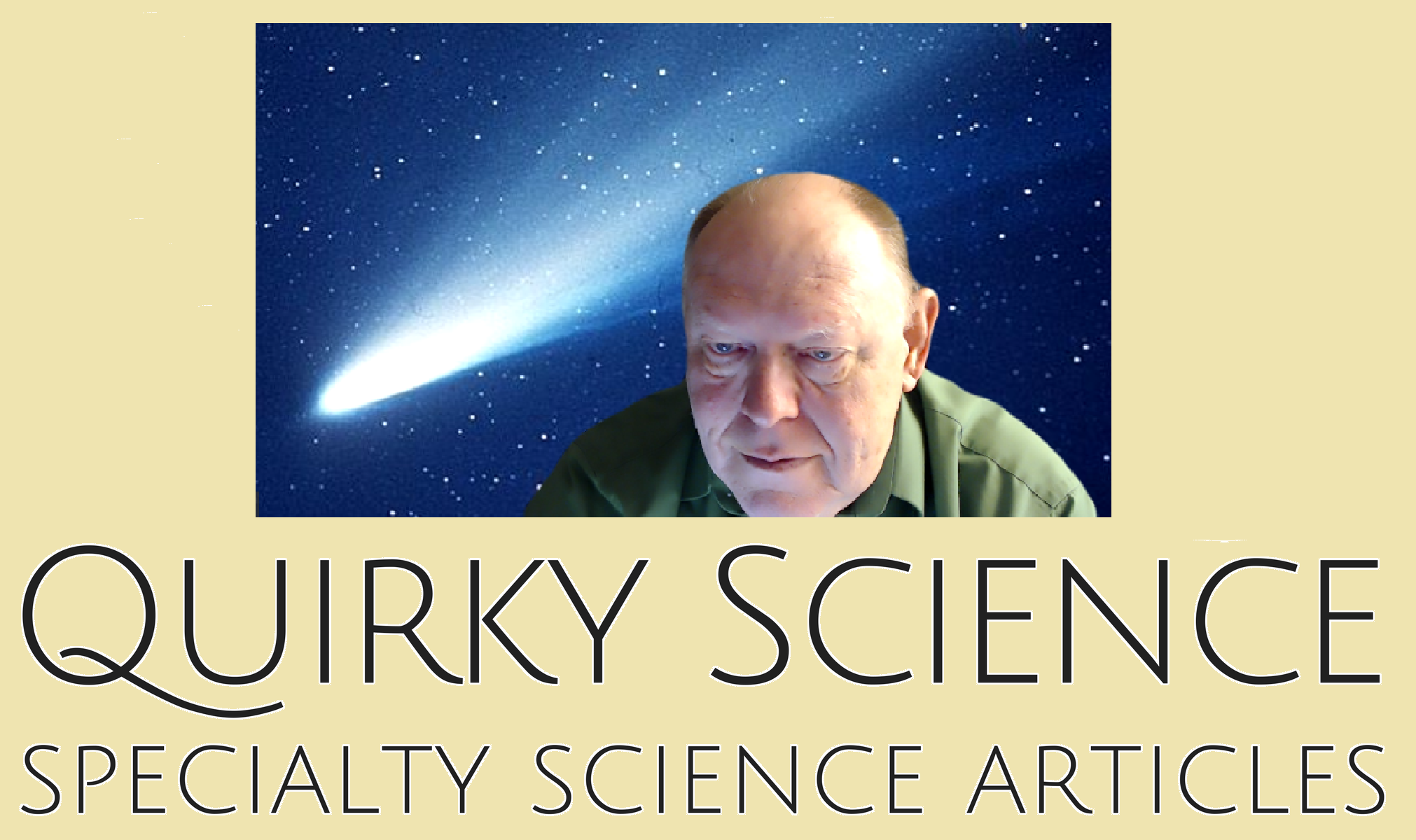Decarboxylation of Carboxylic Acids Useful in Synthesis
For one reason or another, it may be desirable to remove a carboxylic acid group (–COOH) from a molecule. This process is called, logically, decarboxylation. It may be the carboxylic group was previously introduced to guide some of steps in a synthesis. What? A Simple Example Consider the simple hexagonal ring, aromatic compound benzene, C6H6. From the top and clockwise, let's number the carbon atoms, one through six. If we wish to attach a group synthetically to the ring, how do we determine the ring carbon to which it will attach? It's simple. They're all identical. Whichever carbon atom it does attach to becomes the number one carbon atom! But say we want to attach another group to the No. 2 carbon atom. Well, in this situation, the carbon atoms…
